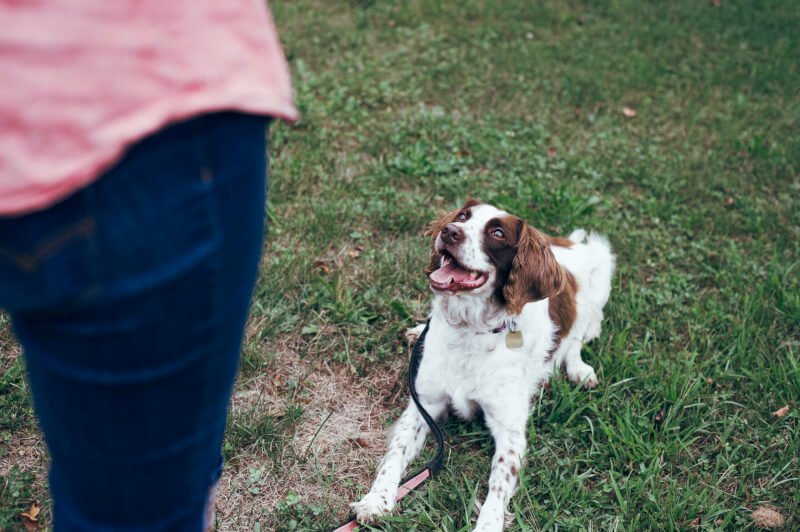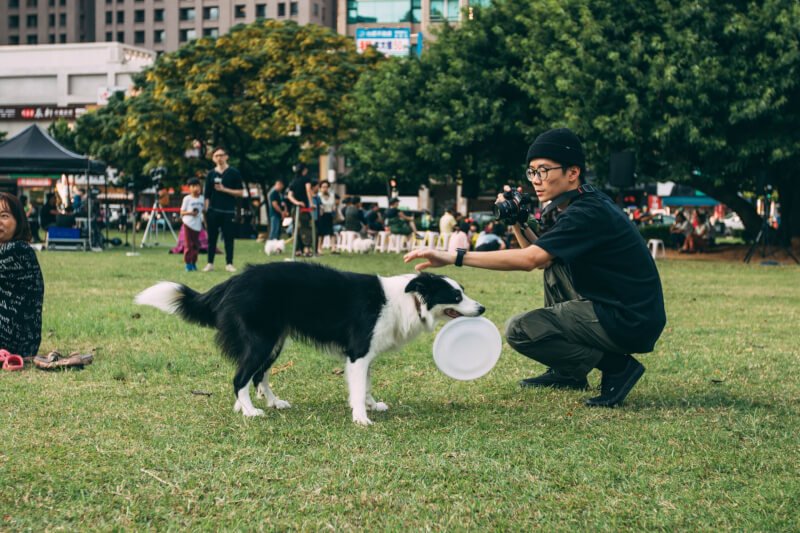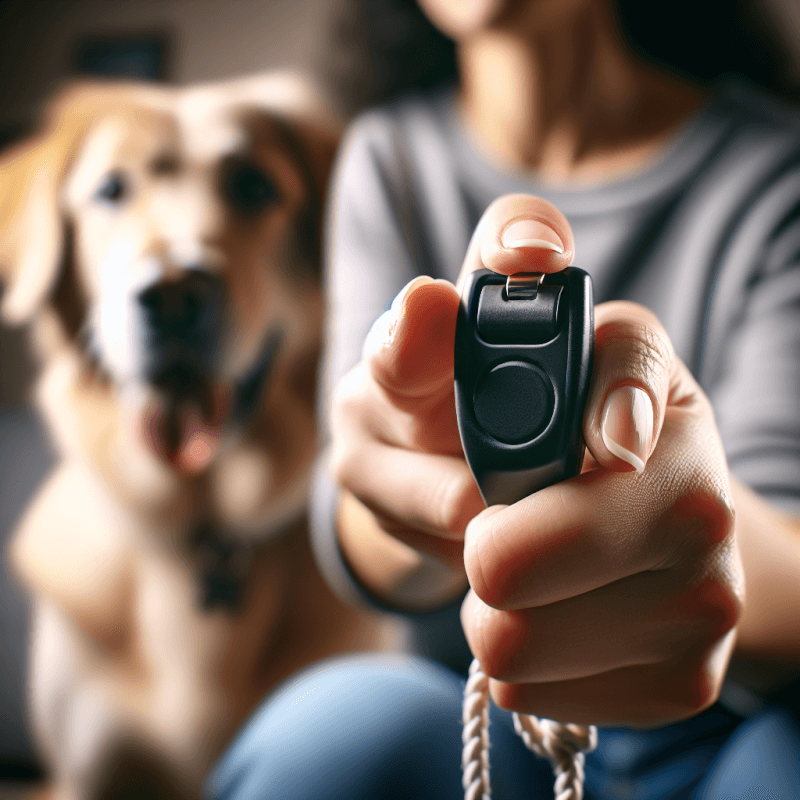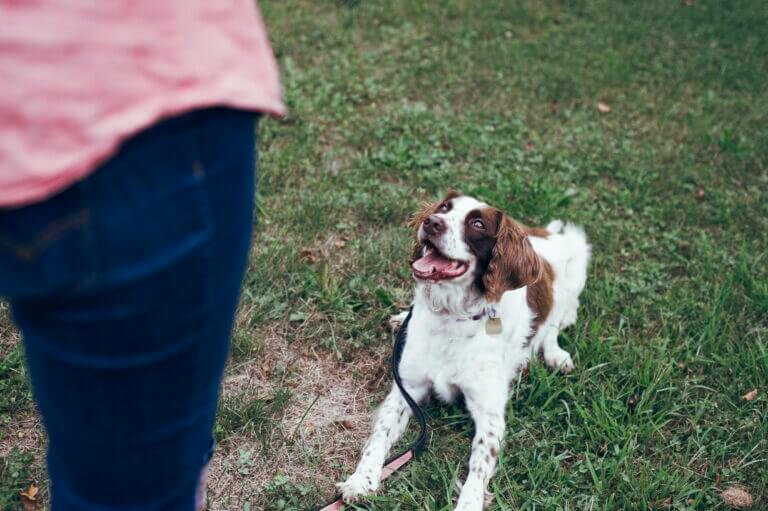Imagine having a well-behaved and obedient dog that eagerly listens to your commands, responds positively to your guidance, and interacts harmoniously with both people and other pets. With the right approach, it’s not just a distant dream – it’s within your reach. In this article, we will explore the fascinating world of “Dog Training Shaping Behavior.” Discover how this technique can help you mold your dog’s behavior, nurturing the desired traits and extinguishing unwanted habits. Prepare to embark on a journey of effective communication and understanding, as you unlock the key to a harmonious relationship with your furry companion.

Understanding Dog Behavior
Types of Dog Behavior
Understanding dog behavior is crucial for effective training. Dogs exhibit a wide range of behaviors, each serving a specific purpose. These can be classified into various categories, such as social behavior, instinctive behavior, and learned behavior. Social behaviors include interactions with other dogs or humans, while instinctive behaviors are inherent and necessary for survival, such as chasing prey or digging. Learned behaviors are acquired through training or experience, making them more flexible and adaptable.
Ready for Cat Trivia?
Test your knowledge about cats!

Factors Influencing Dog Behavior
Several factors influence a dog’s behavior, including genetics, environment, and past experiences. Genetic predispositions play a significant role in determining a dog’s temperament and certain behaviors. For instance, certain breeds have a natural inclination towards herding or guarding instincts. The environment in which a dog grows up also shapes their behavior. Exposure to different stimuli, socialization with other animals and humans, and overall living conditions can profoundly impact a dog’s behavior. Furthermore, past experiences, such as traumatic events or positive reinforcement, can shape behaviors and reactions.
The Science Behind Dog Training
Dog training is more than just teaching commands; it’s about understanding the science behind behavior modification and learning theory. Dogs, like any other animal, respond to rewards and consequences. Positive reinforcement, using rewards like treats or praise for desired behaviors, is one of the most effective techniques in dog training. This approach strengthens the bond between the dog and the trainer, promoting a positive and enjoyable learning experience. Understanding the science behind dog training allows trainers to effectively communicate and shape desired behavior.
The Importance of Shaping Behavior in Dog Training
Definition of Shaping Behavior
Shaping behavior is a fundamental concept in dog training that involves breaking down complex behaviors into smaller, more manageable steps. It is a method of teaching dogs new skills or behaviors by rewarding incremental progress towards the final goal. This technique allows trainers to instill desired behaviors gradually and reinforce them effectively.
Benefits of Shaping Behavior
Shaping behavior offers several benefits in dog training. Firstly, it allows dogs to understand and learn complex behaviors by focusing on smaller achievable steps. This approach promotes a positive learning experience, as dogs gain confidence and a sense of accomplishment with each successful attempt. Shaping behavior also encourages creativity and problem-solving skills in dogs, as they learn to adapt and explore different approaches to achieve the desired behavior. Moreover, this method builds a strong foundation for advanced training and enhances the dog’s overall ability to learn and perform tasks.
How Shaping Behavior Differs from Other Training Techniques
Shaping behavior differs from other training techniques, such as luring or capturing, by emphasizing the shaping of incremental steps towards the desired behavior. Luring involves using a treat or object to guide the dog into performing a particular action, while capturing relies on capturing the dog’s spontaneous behavior and reinforcing it. Shaping, on the other hand, involves breaking down the desired behavior into achievable milestones, rewarding each step towards the goal. This technique requires patience, precision, and an understanding of the dog’s capabilities, making it a powerful tool in dog training.
Principles of Shaping Behavior
Positive Reinforcement
Positive reinforcement is a key principle in shaping behavior. It involves rewarding desired behaviors with treats, praise, or affection to encourage their repetition. By associating the desired behavior with pleasant outcomes, dogs are motivated to continue performing those behaviors. Positive reinforcement strengthens the bond between the trainer and the dog, creating a positive and enjoyable learning environment.
Breaking Behavior into Smaller Steps
Breaking down behavior into smaller steps is essential in shaping. By dividing a complex behavior into manageable chunks, dogs can understand and learn each step more easily. This approach ensures that the dog experiences success at each stage, increasing motivation and confidence. As the dog masters each step, trainers can gradually increase the difficulty or complexity of the behavior.
Criteria for Success
Setting clear criteria for success is crucial in shaping behavior. Trainers need to establish specific guidelines for what defines a successful attempt at each step. By defining these criteria, trainers can ensure consistency and accuracy in reinforcing behaviors. Clear criteria also prevent ambiguity and confusion for both the trainer and the dog, making the learning process more efficient.
Timing and Consistency
Timing and consistency are vital when shaping behavior. Dogs learn best when rewards are given immediately after the desired behavior is performed. This helps create a clear association between the behavior and the reward. Additionally, trainers must be consistent in their reinforcement to reinforce the desired behavior and avoid confusion. Consistent cues and rewards help dogs understand what is expected of them and promote faster learning.
Identifying the Desired Behavior
Setting Clear Training Goals
Setting clear training goals is the first step in identifying the desired behavior. Trainers need to define what specific behavior they want the dog to learn or perform. Clear goals help trainers stay focused and measure progress effectively. Whether it’s teaching a dog to sit on command or perform a complex agility routine, having clear training goals ensures a targeted and successful training process.
Observing the Dog’s Natural Behavior
Observation of a dog’s natural behavior is essential in identifying the desired behavior. By understanding how dogs naturally behave in different environments, trainers can determine which behaviors to shape and reinforce. Through observation, trainers can also identify any unwanted behaviors that may need to be addressed during training.
Identifying the Final Behavior
Once the training goals are set and natural behavior is observed, trainers can identify the final behavior they wish to shape. This involves envisioning the end result and understanding the specific actions or sequence of behaviors required. By having a clear understanding of the desired behavior, trainers can then create a shaping plan to achieve it effectively.

Creating a Shaping Plan
Breaking the Behavior into Small Steps
Breaking the desired behavior into small steps is crucial in creating a shaping plan. Each step should be clearly defined and achievable for the dog. By starting with simple actions that the dog already knows and gradually introducing newer or more complex actions, trainers can guide the dog towards the final behavior. Breaking the behavior into smaller steps ensures a systematic and progressive training process.
Determining the Reinforcer
Determining the reinforcer is an important aspect of creating a shaping plan. Trainers must identify what rewards or reinforcers will motivate the dog to perform the desired behavior. This can vary from dog to dog, as different dogs may respond differently to various rewards. It is essential to choose a reinforcer that is meaningful and valuable to the dog, ensuring their motivation and engagement in the training process.
Establishing a Cue or Command
Establishing a cue or command is another element of creating a shaping plan. Trainers need to choose a specific word or gesture that will be associated with the desired behavior. This cue or command helps communicate to the dog when to perform the behavior. Consistency in using the same cue or command throughout the training process is vital for the dog to understand and respond appropriately.
Executing the Shaping Plan
Starting with the First Step
To execute the shaping plan, trainers must start with the first step. This is usually a behavior that the dog is already familiar with or likely to perform naturally. By reinforcing this initial step, trainers build a positive foundation for the training process. Starting with a familiar action ensures the dog understands the concept of being rewarded for performing a behavior.
Using Rewards to Encourage Progress
Rewards play a crucial role in encouraging progress during shaping. Trainers should provide rewards immediately after the dog successfully performs each step towards the desired behavior. These rewards can include treats, praise, or playtime. By consistently rewarding progress, trainers motivate and reinforce the dog’s understanding and willingness to continue learning.
Gradually Shaping the Behavior
As the dog becomes proficient in each step, trainers can gradually shape the behavior towards the final goal. This involves raising the criteria for success slightly at each stage, encouraging the dog to perform the behavior more accurately or with increased precision. Incremental progress ensures that the dog remains engaged and challenged throughout the training process.
Adjusting the Criteria for Success
During the shaping process, trainers may need to adjust the criteria for success. If the dog seems to be struggling or not progressing as expected, trainers may need to lower the difficulty level temporarily to maintain motivation. On the other hand, if the dog is consistently achieving the set criteria, trainers can raise the expectations to continue challenging and reinforcing the desired behavior.

Tips for Effective Shaping
Patience and Persistence
Patience and persistence are key when using shaping in dog training. Shaping behavior takes time, and each dog learns at their own pace. Trainers must be patient and offer consistent, positive reinforcement to encourage progress. Staying persistent and committed to the process even during challenging moments will ultimately yield successful results.
Consistency in Training Sessions
Consistency is crucial throughout the training sessions. Trainers should establish a regular schedule and stick to it. Consistent training sessions help dogs develop a routine and understand that certain behaviors are expected during those times. This consistency also helps reinforce the desired behavior and avoid confusion or frustration during the training process.
Avoiding Punishment
Shaping behavior relies on positive reinforcement, so it is important to avoid punishment during training. Punishment can create fear or anxiety in dogs and hinder the learning process. Instead, focus on rewarding and reinforcing desired behaviors. Reward-based training builds trust and a positive association with the training experience, leading to faster and more effective results.
Exploring Different Reinforcement Methods
Dogs respond differently to various reinforcement methods, so it’s important to explore different options. While treats are a common choice, other rewards such as toys, playtime, or praise may also motivate certain dogs. Trainers should experiment with different reinforcers to find what works best for their individual dog. Variety in rewards keeps the training process engaging and enjoyable for the dog.
Common Challenges in Shaping Behavior
Lack of Progress
A common challenge when shaping behavior is experiencing a lack of progress. This can occur if the criteria for success are too difficult for the dog to understand or if the steps are too large. Trainers must identify any potential obstacles and adapt the shaping plan accordingly. Breaking down the behavior into smaller and more achievable steps or adjusting the criteria for success can help overcome this challenge.
Fading of Reinforcement
Another challenge is the fading of reinforcement over time. As the dog becomes proficient in the behavior, it is essential to gradually reduce the frequency of rewards. Fading reinforcement ensures that the dog still performs the desired behavior without relying solely on treats or rewards. Trainers should slowly replace tangible rewards with intermittent reinforcement, such as praise or play, to maintain the behavior.
Generalization of the Behavior
Generalization is the process of transferring a learned behavior to different situations or environments. Dogs may struggle with generalizing a behavior learned in one context to another. Trainers can aid in generalization by gradually introducing the behavior in various environments and reinforcing it consistently. By practicing the behavior in different locations and situations, dogs learn to associate the behavior with the cue or command regardless of the context.

Troubleshooting and Adjustments
Analyzing Training Sessions
Periodically analyzing training sessions is crucial for identifying any challenges or areas for improvement. Trainers should review their shaping plan, observe the dog’s progress, and assess any obstacles or difficulties encountered during the training process. This analysis helps trainers make necessary adjustments to the shaping plan and ensure continued progress.
Modifying the Shaping Plan
If challenges arise or progress stalls, modifying the shaping plan may be necessary. Trainers should remain flexible and willing to adapt the plan to suit the dog’s needs and abilities. Modifying the shaping plan may involve adjusting the criteria for success, breaking the behavior into smaller steps, or choosing alternative reinforcers. By addressing any issues promptly, trainers can maintain the dog’s motivation and progress.
Seeking Professional Assistance
In some cases, seeking professional assistance may be beneficial. Professional dog trainers or behaviorists have extensive knowledge and experience in shaping behavior and can provide valuable guidance and support. They can assess the specific challenges faced during training, offer personalized strategies, and help troubleshoot any issues. Professional assistance can help overcome training hurdles and ensure a successful shaping journey.
Conclusion
Understanding and effectively shaping dog behavior is an essential aspect of training. By utilizing positive reinforcement, breaking behavior into smaller steps, and setting clear training goals, trainers can shape desired behaviors successfully. Patience, consistency, and avoiding punishment are crucial in creating a positive and enjoyable learning experience for dogs. By following the principles of shaping behavior and troubleshooting challenges as they arise, trainers can build a strong foundation of skills and behaviors, leading to a well-trained and happy canine companion.



